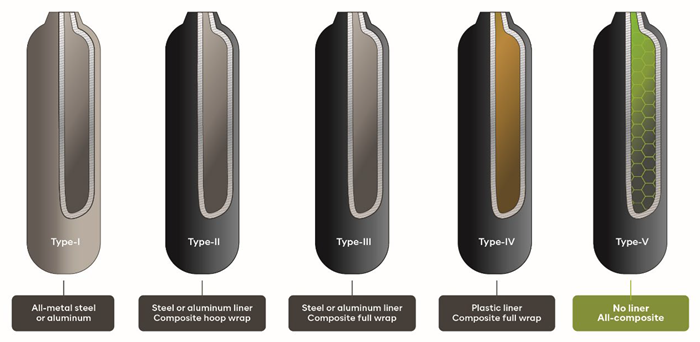First Graphene Advances in HyPStore Project and 3D Printing with Graphene
Key Ideas
- First Graphene is actively involved in the A$3.72 million HyPStore project aimed at developing novel cryogenic tanks for liquid hydrogen storage, leveraging graphene-enhanced resin systems.
- The company has set up dedicated testing equipment in Manchester, UK, to evaluate graphene materials for the project, with a focus on improving tank impermeability and safety.
- Additionally, First Graphene is collaborating with Imperial College London and University College London on a project to enhance 3D printing of metals using chemically modified graphene, funded by a A$1.2 million grant.
- The projects not only showcase the versatility and potential of graphene in various applications but also highlight First Graphene's commitment to innovation, research, and commercialization in high-demand industries.
First Graphene Limited has provided an update on its involvement in the cross-sector A$3.72 million HyPStore project, which aims to develop lightweight impermeable cryogenic tanks for the safe storage and transportation of liquid hydrogen. The project involves nine entities from Australia and the UK and has already started manufacturing a prototype tank and testing key aspects at cryogenic temperatures. First Graphene is testing graphene materials to create a graphene-enhanced resin system for the tanks, aiming to reduce hydrogen permeability significantly. The company has set up testing equipment in Manchester, UK, for this purpose. Additionally, First Graphene is collaborating with universities in a 10-month project to improve 3D printing of metals using chemically modified graphene, with a focus on reducing energy requirements and improving efficiency. These projects demonstrate the potential of graphene in enhancing various applications, from hydrogen storage to 3D printing of metals for aerospace and motorsports industries. First Graphene's involvement highlights its commitment to innovation and commercialization in high-demand sectors.
